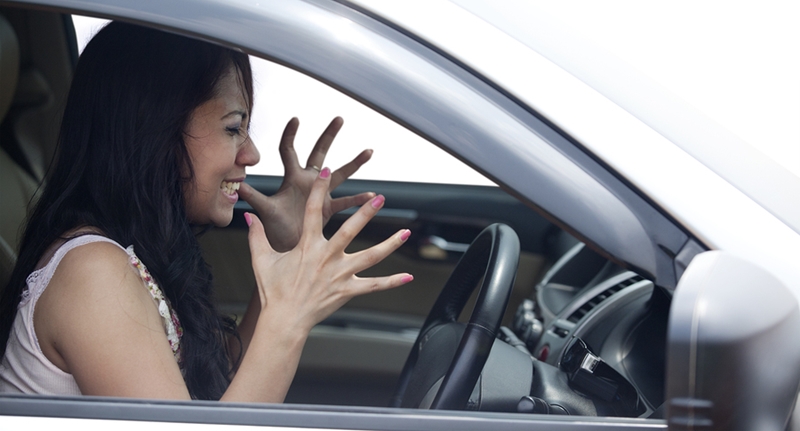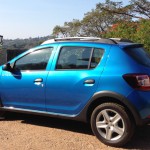LG’s 100-Inch QNED evo AI TV Redefines Big-Screen Viewing in South Africa In a bold leap forward for home entertainment, LG Electronics South Africa…
Here’s why your driving style affects your pocket


2014 has already seen record spikes in the petrol price and analysts and economists have warned that there may not be a respite until next year (if at all). In additional, the cost of components are at an all time high. However, there are ways and means of containing the running costs of your vehicle – by making changes to your driving style.
Over the past few years, the expense of keeping your car on the road has increased, but there are a few tips to minimising those costs. Your style of driving is one of the primary factors in determing how much you will end up spending on your car over and above repayment costs.
Aggressive driving behaviour such as speeding, rapid acceleration, racing from traffic light to traffic light and slamming on your brakes will use more fuel. Edmunds Testing found that aggressive driving can increase your fuel usage by up to 33%. Which suggests you could effectively reduce your fuel bill by a third by driving more sedately.
Plan your trips carefully. Leave sufficient time to arrive at your destination so that you aren’t rushed. Experts have said that you want to take at least 15-20 seconds to get to 80km/h – a relatively gentle start in the low gears, with a more rapid shift through the middle gears before settling at an economic speed in top gear. If your car is fitted with an inboard computer that tracks fuel consumption, make use of it. You might be surprised at how your fuel consumption fluctuates based on the way you drive.
Air conditioning can also affect the economy of your vehicle. Your A/C compressor is run by a belt in the engine and does use more fuel when activated. The added consumption will be more noticeable at idle. Testing has shown that aircon can account for about five percent of a car’s annual fuel bill and for the modern energy-efficient vehicle it’s about half of that amount.
Ironically, driving with your windows down is not a better alternative. The extra drag caused by open windows is not good for your fuel economy. It’s much better for aerodynamics to keep your windows shut. Of course, air conditioning uses the most fuel when the car idles. Keep your air conditioning turned off until you’ve reached cruising speed and then turn it on. You don’t have to eliminate air conditioning, but try to limit its use.
Drivers can also benefit from maintaining the correct tyre pressure. The incorrect tyre pressure will not only affect your fuel consumption, but also your tyre life.
You should therefore buy quality tyres from the start. Only buy known brands of tyres from reputable tyre dealers, and have your tyres fitted professionally. Make sure that your wheels are balanced correctly and your wheel alignment checked. Alignment can be thrown out easily by simply hitting a pothole. Your tyres play a huge role in fuel economy.
Checking the wear in your tyres on a regular basis is never a bad idea either. If your tyres are overinflated, the tyre will wear in the middle but not the shoulders. If you are driving with underinflated tyres, only the shoulders will wear out. You want to see equal wear on your tyres. Similarly, if you can feel your vehicle “pulling†to one side, there is likely an issue with your wheel alignment.
Your tyres should last for at 50 000km if handled correctly. Taking good care of your tyres can save you from unnecessary expense.
Similarly, allowing enough time to brake and come to a sedate stop will prevent brake pads from wearing out.

